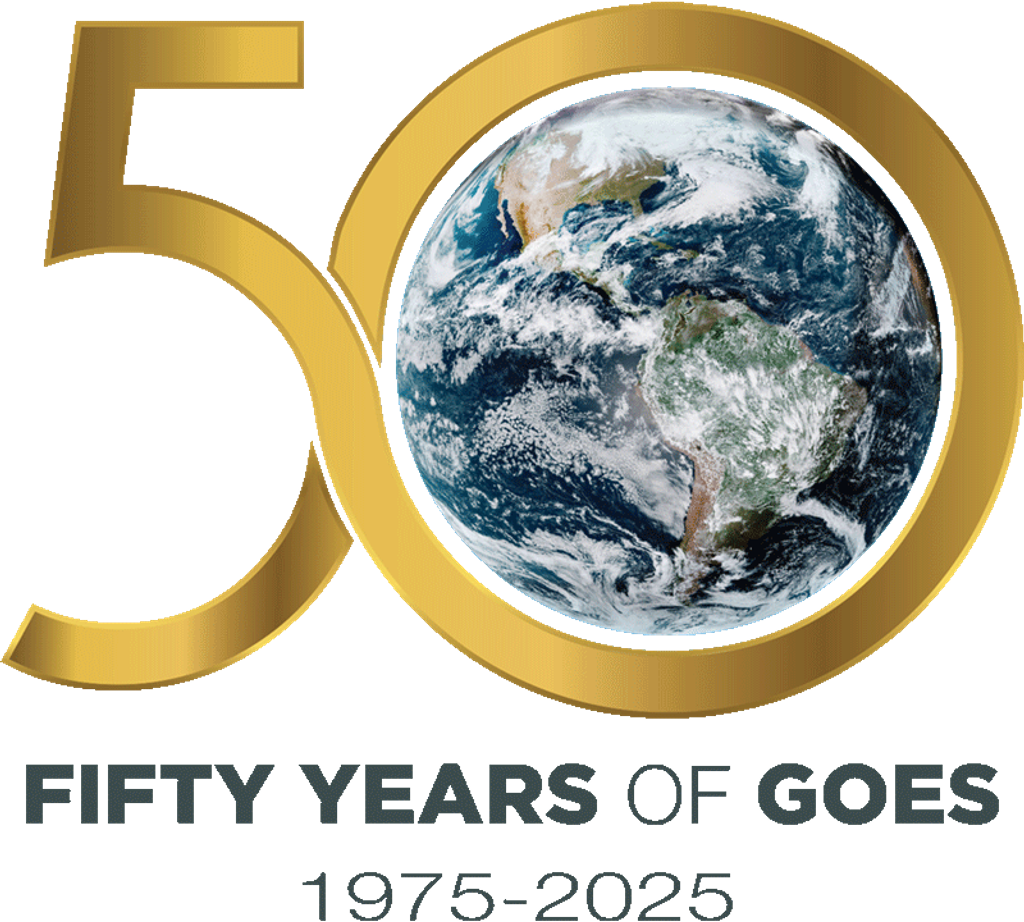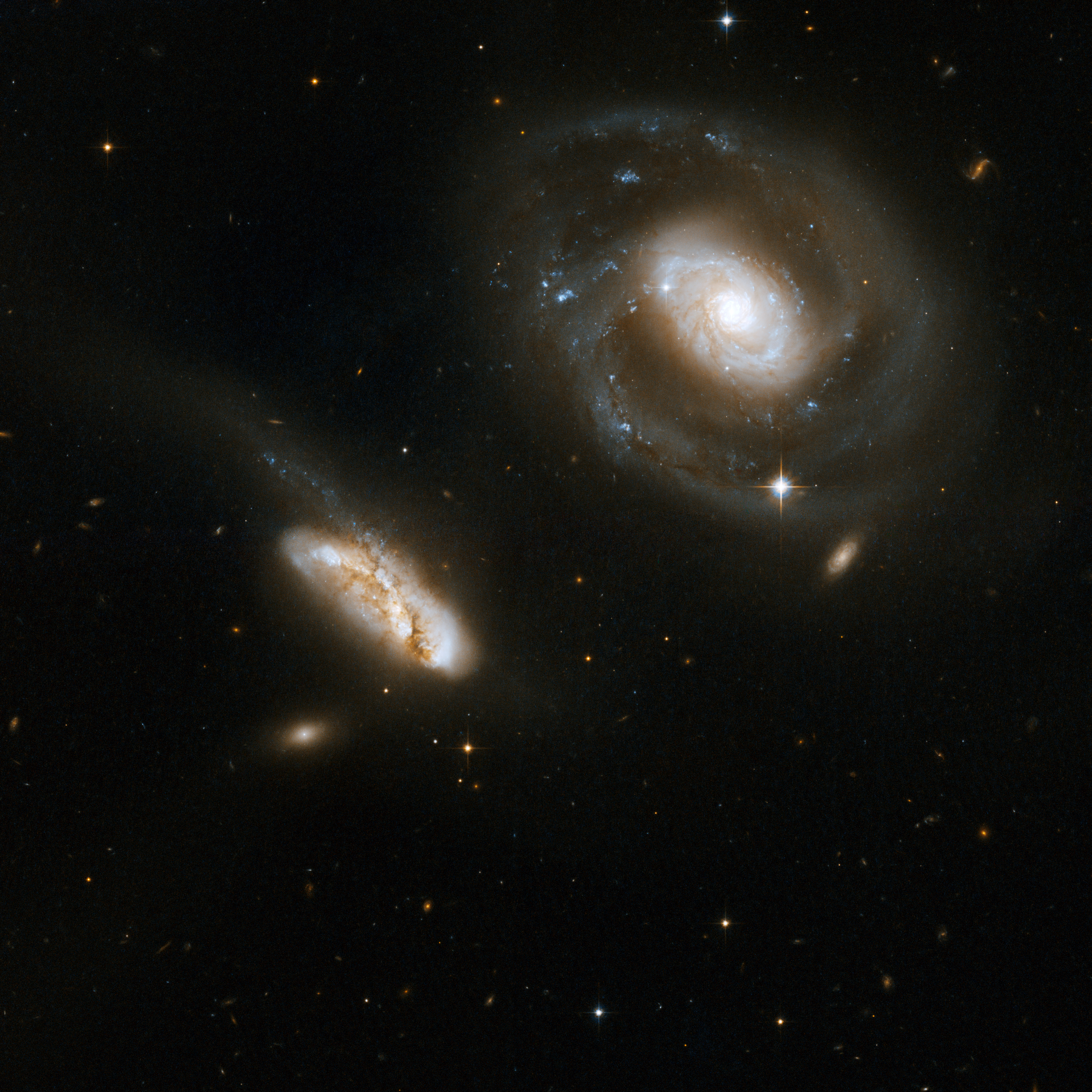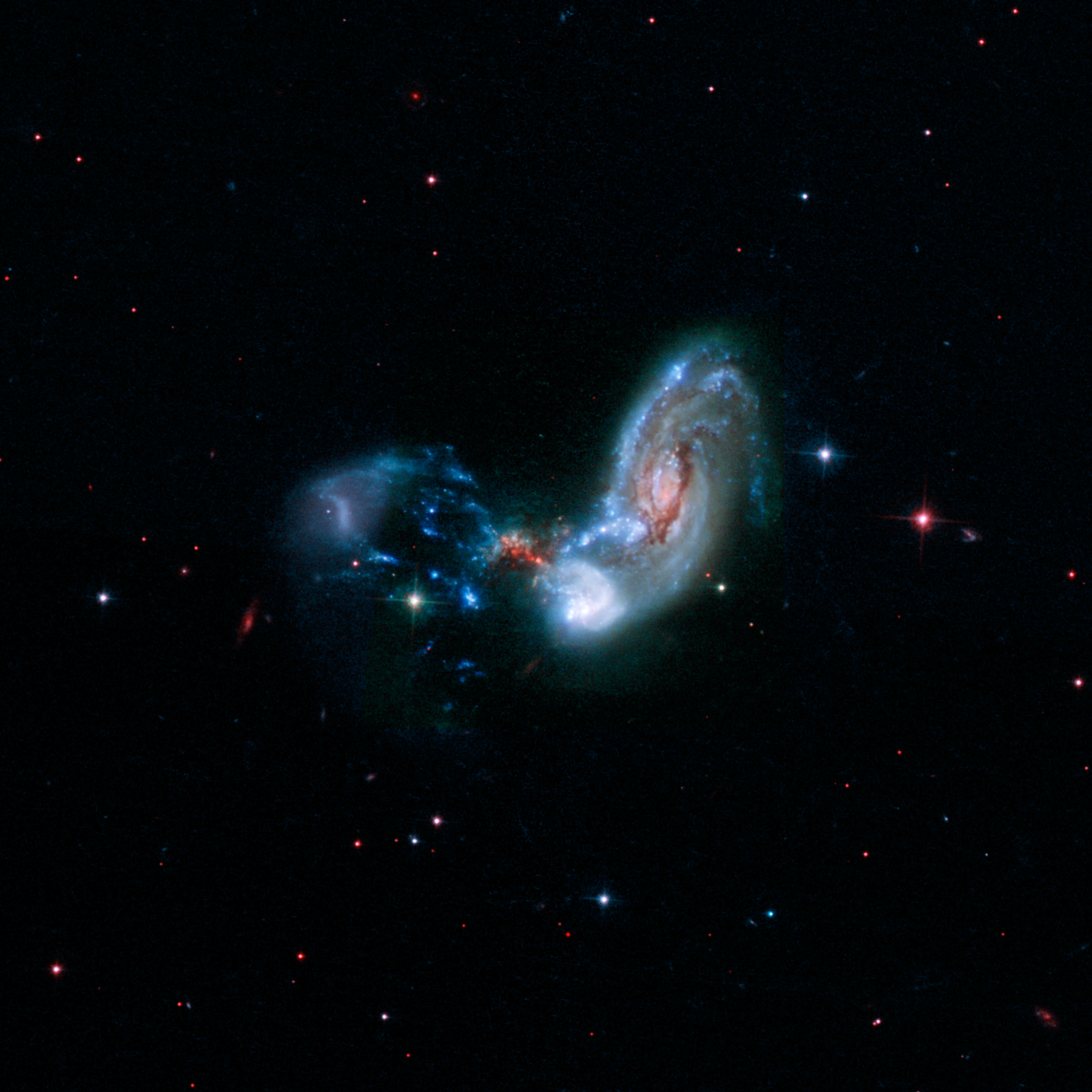1 min read
NGC 3256 (Hubble)
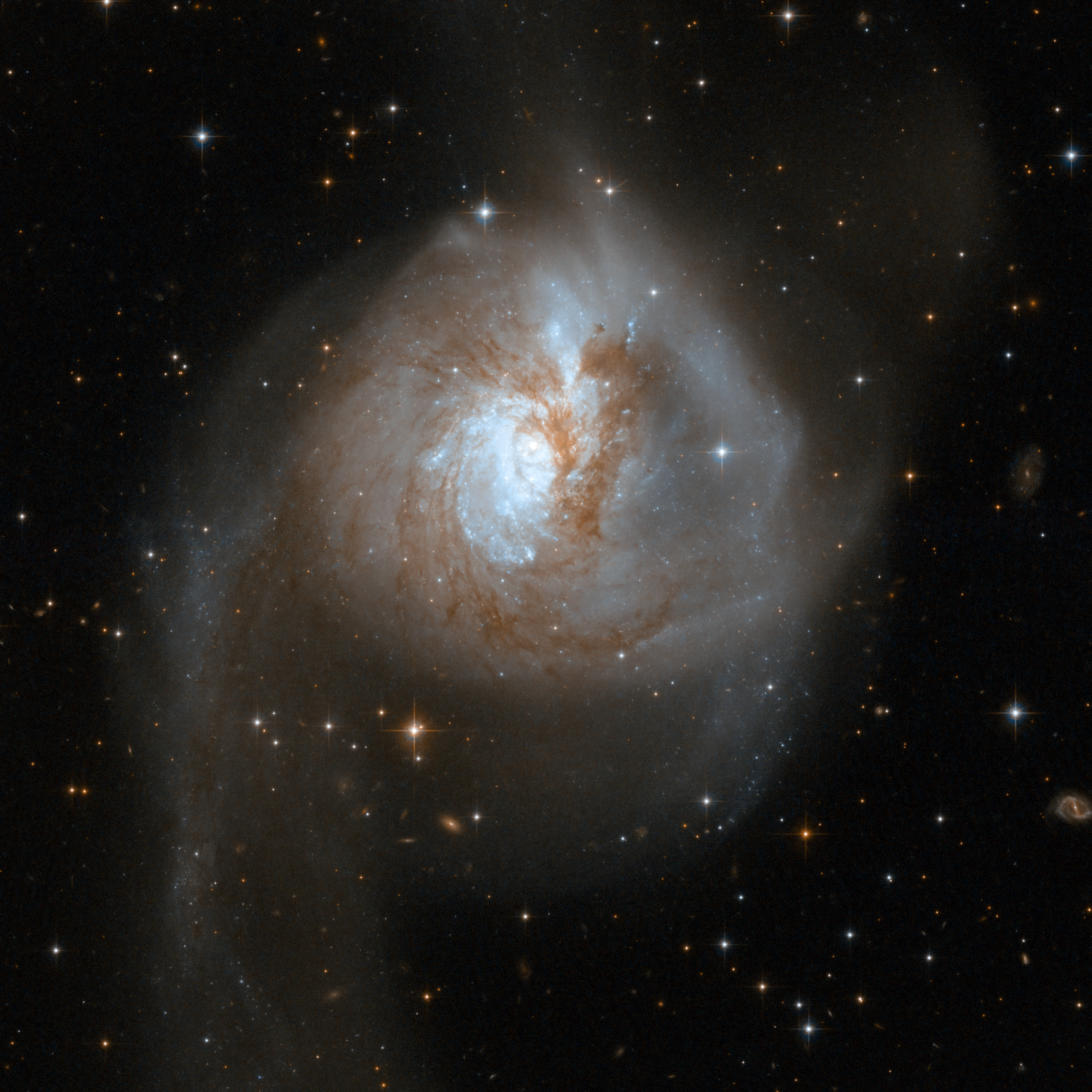
Although the two galaxies in NGC 3256 appear merged when viewed in visible light, a second, bright nucleus is found hiding among the tangle of dust lanes in the central region. By using a range of telescopes on the ground and in space, the Great Observatories All-sky LIRG Survey (GOALS) research team has been analyzing galaxies like NGC 3256 from X-ray through radio wavelengths. NGC 3256 has a buried active nucleus, large-scale shocks from two powerful outflows, and a huge number of compact, bright star clusters.
Upcoming research with the James Webb Space Telescope will help researchers learn more about the outflows, which will allow them to better model the hot and cold gas, and determine what implications that has for how and where stars form in rapidly evolving galaxies.
About the Object
- R.A. PositionR.A. PositionRight ascension – analogous to longitude – is one component of an object's position.10h 27m 51.57s
- Dec. PositionDec. PositionDeclination – analogous to latitude – is one component of an object's position.-43° 54' 13.39"
- ConstellationConstellationOne of 88 recognized regions of the celestial sphere in which the object appears.Vela
- DistanceDistanceThe physical distance from Earth to the astronomical object. Distances within our solar system are usually measured in Astronomical Units (AU). Distances between stars are usually measured in light-years. Interstellar distances can also be measured in parsecs.100 million light-years (50 million parsecs)
About the Data
- Data DescriptionData DescriptionProposal: A description of the observations, their scientific justification, and the links to the data available in the science archive.
Science Team: The astronomers who planned the observations and analyzed the data. "PI" refers to the Principal Investigator.The HST observations include those from the Program 10592 (A. Evans). - InstrumentInstrumentThe science instrument used to produce the data.ACS/WFC
- Exposure DatesExposure DatesThe date(s) that the telescope made its observations and the total exposure time.November 5, 2001, Exposure Time: 35 minutes
- FiltersFiltersThe camera filters that were used in the science observations.F435W, F814W
- Object NameObject NameA name or catalog number that astronomers use to identify an astronomical object.NGC 3256, VV 065, AM 1025-433
- Object DescriptionObject DescriptionThe type of astronomical object.Interacting Galaxies
- Release DateSeptember 23, 2020
- Science ReleaseNASA’s Webb Will Explore the Cores of Merging Galaxies
- CreditImage: NASA, ESA, Hubble Heritage–ESA/Hubble Collaboration, Aaron Evans (UVA, NRAO, State University of New York at Stony Brook)

These images are a composite of separate exposures acquired by the ACS instrument on the Hubble Space Telescope. Several filters were used to sample narrow wavelength ranges. The color results from assigning different hues (colors) to each monochromatic (grayscale) image associated with an individual filter. In this case, the assigned colors are: Blue: F435W Red: F814W
Related Images & Videos
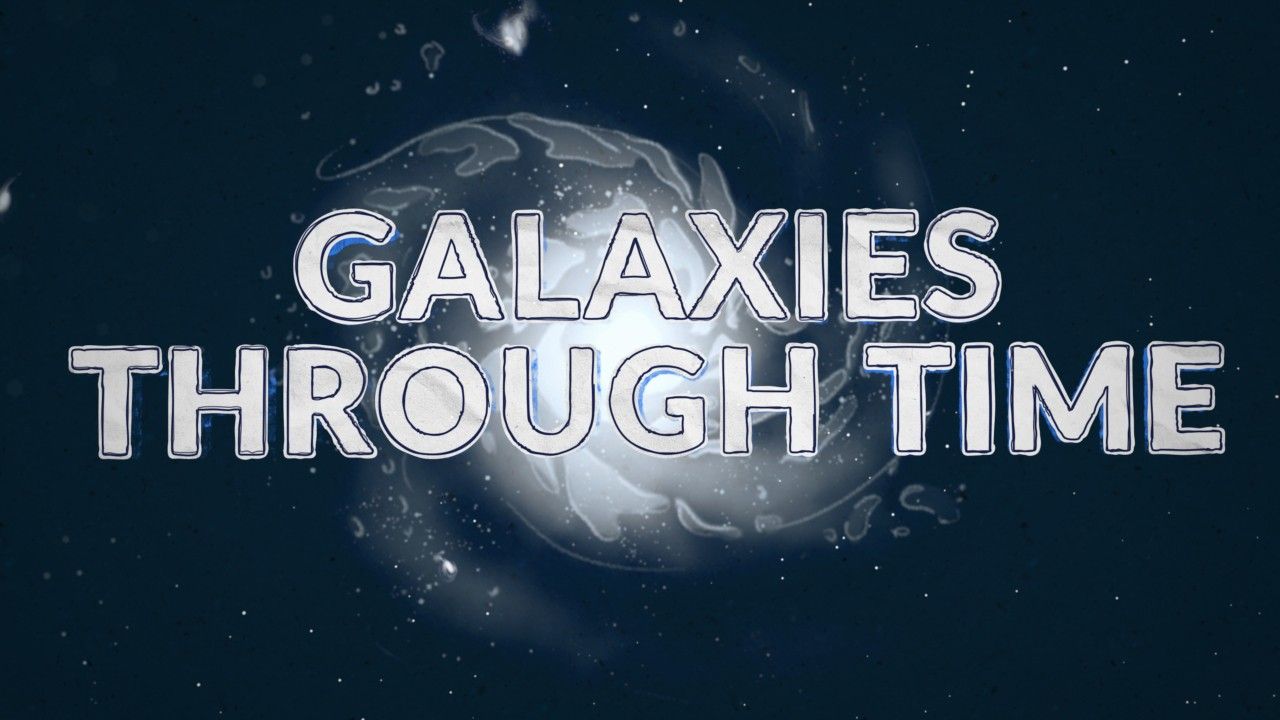
Galaxies Through Time
Discover how telescopes make it possible to look back in time and study the history of the universe, and how Webb will provide new details on galaxy evolution over time. The earliest pages of cosmic history are blank, but Webb will allow us to look back farther in time than ever...
Share
Details
Laura Betz
NASA’s Goddard Space Flight Center
Greenbelt, Maryland
laura.e.betz@nasa.gov
NASA, ESA, Hubble Heritage?ESA/Hubble Collaboration, Aaron Evans (UVA, NRAO, State University of New York at Stony Brook)















